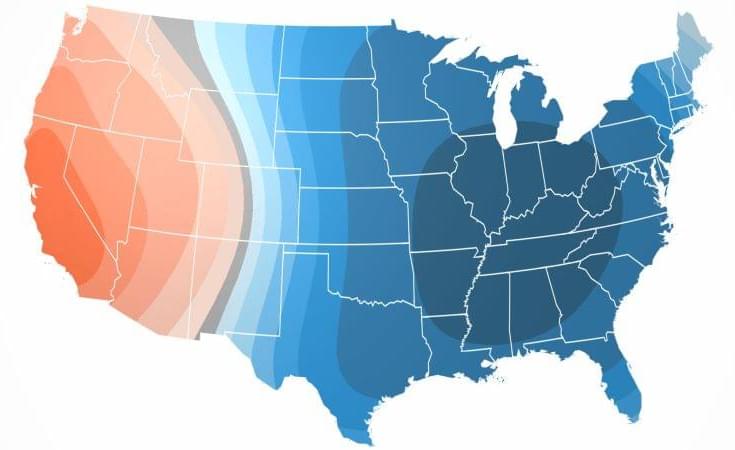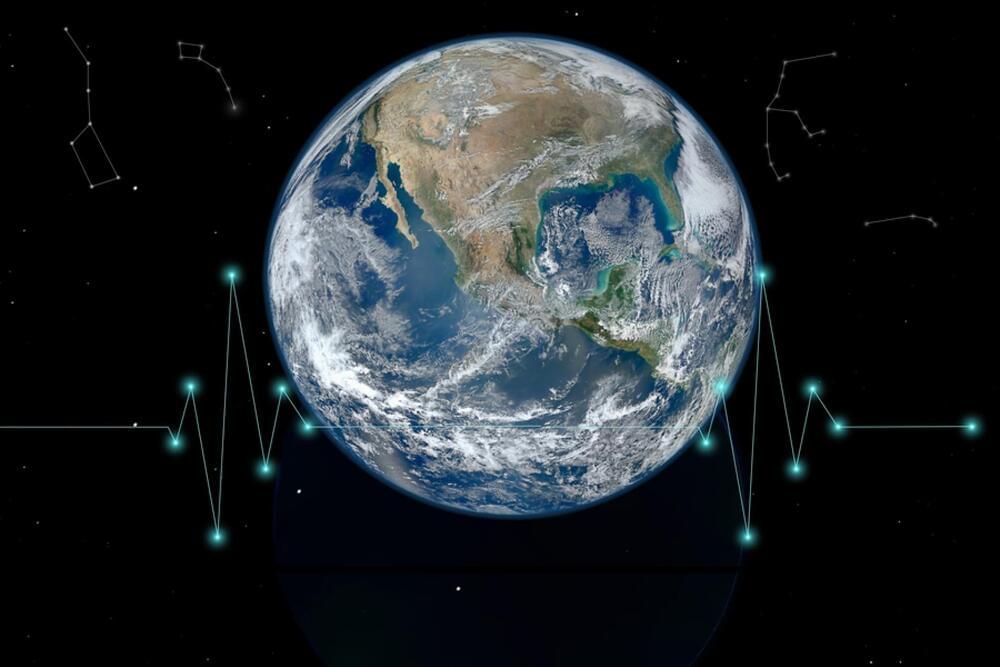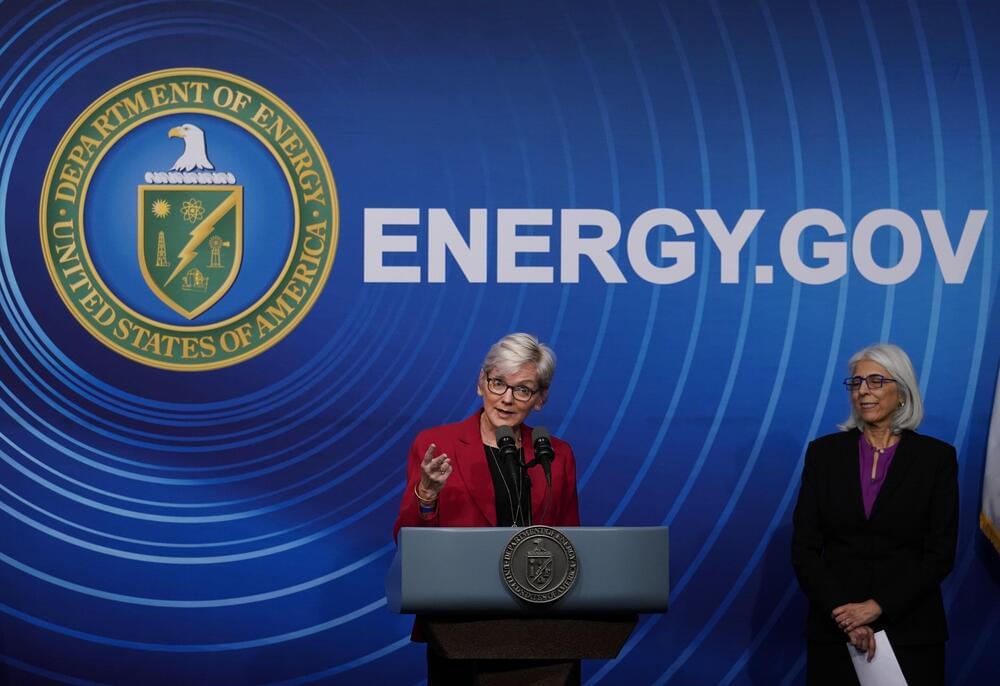Dec 24, 2022
Polar bear population dwindling at alarming rate in Canada: Report
Posted by Shubham Ghosh Roy in categories: climatology, government, sustainability
A new survey conducted by the Canadian government has found that polar bears in the country’s Western Hudson Bay, are dying at alarming rates. The researchers aerially surveyed the Bay and its nearby town of Churchill also referred to as the ‘Bear capital of the World’ in 2021 and found there were 618 bears only, compared to 842, five years ago when last counted.
The survey added that a significant decline has been noted in the population of adult female bears and cubs between 2011 and 2021.
“The observed declines are consistent with long-standing predictions regarding the demographic effects of climate change on polar bears,” said the researchers.

















